HIIT is not just some trendy craze or buzzword. This exercise has staying power for the simple reason that it maximizes your results in a short amount of time, which makes for a regimen that’s both efficient and sustainable—something we can all use more of.
Short for “high intensity interval training,” HIIT enhances cardio fitness, while burning fat and toning the muscles simultaneously. In other words, it’s a full-body workout that combines the metabolism-boosting and calorie-scorching benefits of aerobic exercise with the strength training benefits of anaerobic exercise.
All the movements are performed in rapid bursts, followed by brief recovery phases. This fusion of explosive energy and intermittent rest allow you to exert more effort in less time.
The best part is you can do HIIT with minimal equipment and space, so it’s a low-maintenance option you can squeeze into even the busiest of schedules. Before jumping in, here’s what you need to know.
Wear Clothes Made to Move
You’ll be moving a lot, so your clothing should be similar to all other fitness wear, allowing you to move in all angles easily. Look for loose fitting, supportive, flexible and moisture-wicking materials. If you want to invest in new clothing, look for performance materials such as bamboo fiber, nylon spandex and polyester—these fabrics will stretch and conform to the body, leading to a freer, more comfortable workout.
You should also consider buying training-specific sneakers that cushion the ankles and heels from the strain of high impact exercise. “Running is a linear activity, but HIIT is different. Movements like side shuffles, jumping jacks, cutting between cones, ladder work, planks and push-ups—you need support from front-to-back,” explains Kristen Rudenauer, senior training footwear product manager at Reebok.
Get the Right Gear
While you don’t need much for an effective HIIT workout, there’s one item that can help you take it up a notch: a fitness tracker. This can help you gauge the amount of calories burned, repetitions performed and variations in heart-rate tempo between exertion and recovery. For example, if you know your max heart rate, you can make sure that you’re hitting that rate during every working round.
The best part is, with so many options available, fitness trackers are more affordable than ever. The average cost is just $127, with the cheapest model priced at only $45 based on data from a recent wearables cost analysis. Although not required, owning this gear can boost the ante even further on your HIIT routine.
Know the Different Styles
While the standard framework is universal—a rotating sequence of activity and recovery—there are different styles of HIIT. Some types increase athletic endurance and cardio function, while others target muscle gains and toning:
“There is room for creativity when structuring a HIIT workout, but there are three basic formats you can follow,” suggests Sophia Herbst, fitness enthusiast and marketing manager for the CodyApp wellness community. These main categories are broken down into the following three categories:
- Tabata: This fusion of callisthenic, plyometric, strength training and bodyweight exercises, consists of eight 30-second cycles—20 seconds of intense effort and 10 seconds of no movement at all—for a total exercise time of just four minutes.
- Power intervals: Power intervals focus more on promoting aerobic stamina and alternate between 90 seconds of sprinting and 30 seconds of walking to at varied degrees of momentum.
- Turbulence training: This format combines eight repetitions of weight lifting with one or two minute bursts of cardio for both aerobic and anaerobic benefits.
Make Stretching a Priority
Going into a HIIT session with tight muscles will reduce the effectiveness and increase your risk of injury. Start every session with dynamic exercises that warm up the body, allowing your muscles prepare for a high impact routine.
These dynamic stretches loosen areas of tension in the body and “mimic the movements you’ll make during the workout,” so your range-of-motion will adapt to “challenging and intricate” HIIT moves according to the Fit36 Blog.
Some examples of dynamic stretches include hip and arm circles, knee raises, lunge twists, high kicks or jump squats. For your post-workout cool down, use static stretches to promote flexibility, alleviate soreness and aid in the repair of muscle tissues. For example, you may do a supine figure four to stretch your hips and overhead tricep stretch to reach your upper body.
Be Mindful of Overexertion
The urge to overexert yourself could undermine the benefits of HIIT. This is why listening to the body is crucial here. The American College of Sports Medicine suggests that the “common expression ‘no pain, no gain’ creates a large misconception. It is possible to make cardiovascular and strength gains in your workout routine without causing pain. If the body is tired or too sore from the previous workout, take a day off, cross-train or workout at a much lower intensity. It is important to add variety to every exercise routine to prevent repetitive, overuse injuries.”
Get Moving
HIIT proves that when it comes to fitness, you can accomplish more in less time—you just need to be strategic about the type of exercise you perform. Quick bursts of explosive energy will beat out long durations of steady-state repetition every time, so take on the challenge of adding HIIT to your routine, and you’ll start feeling more powerful and strong.
Post-Workout Snack
Refuel after your workout with a high protein bar, like NuGo Slim or NuGo Stronger. Remember to drink water to rehydrate.

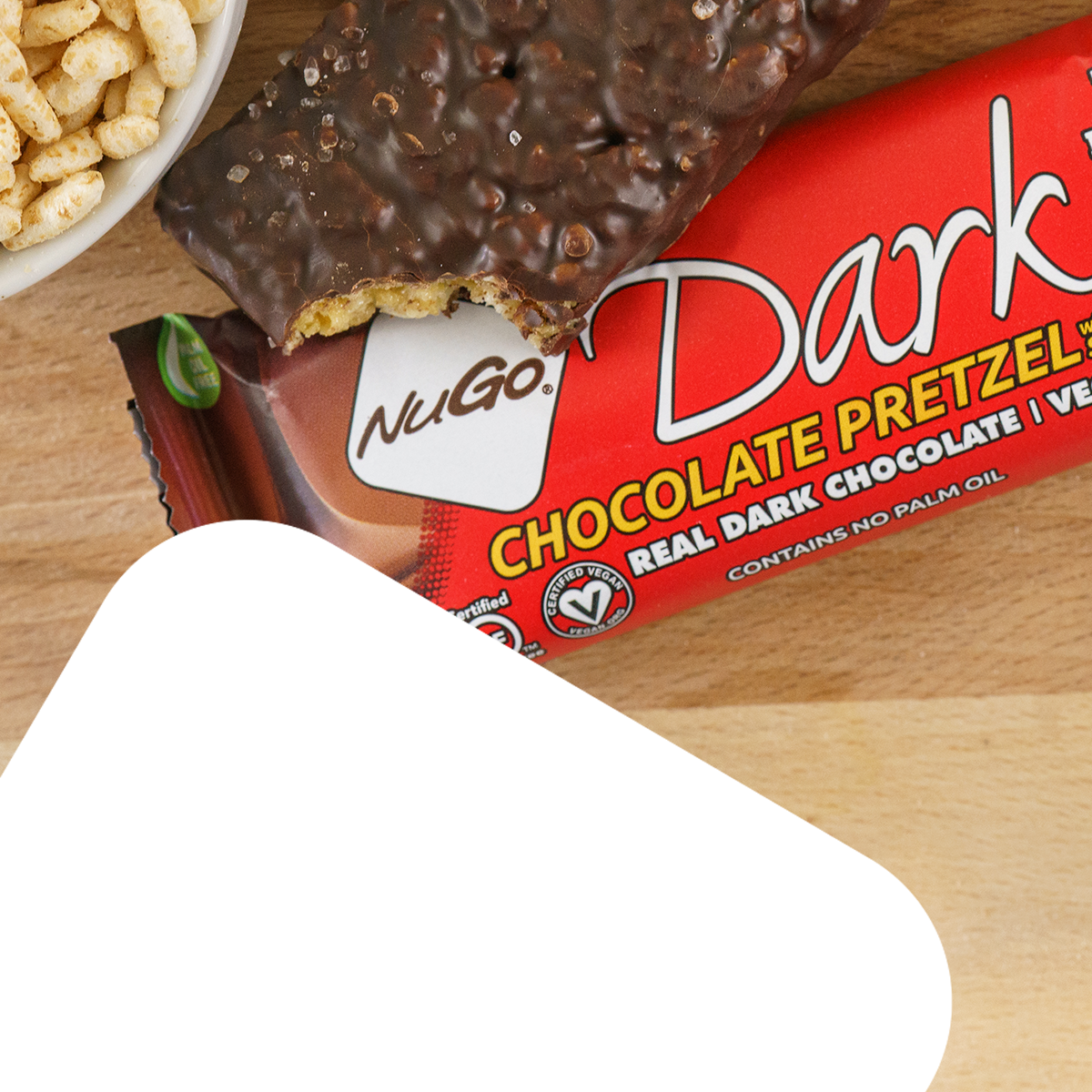
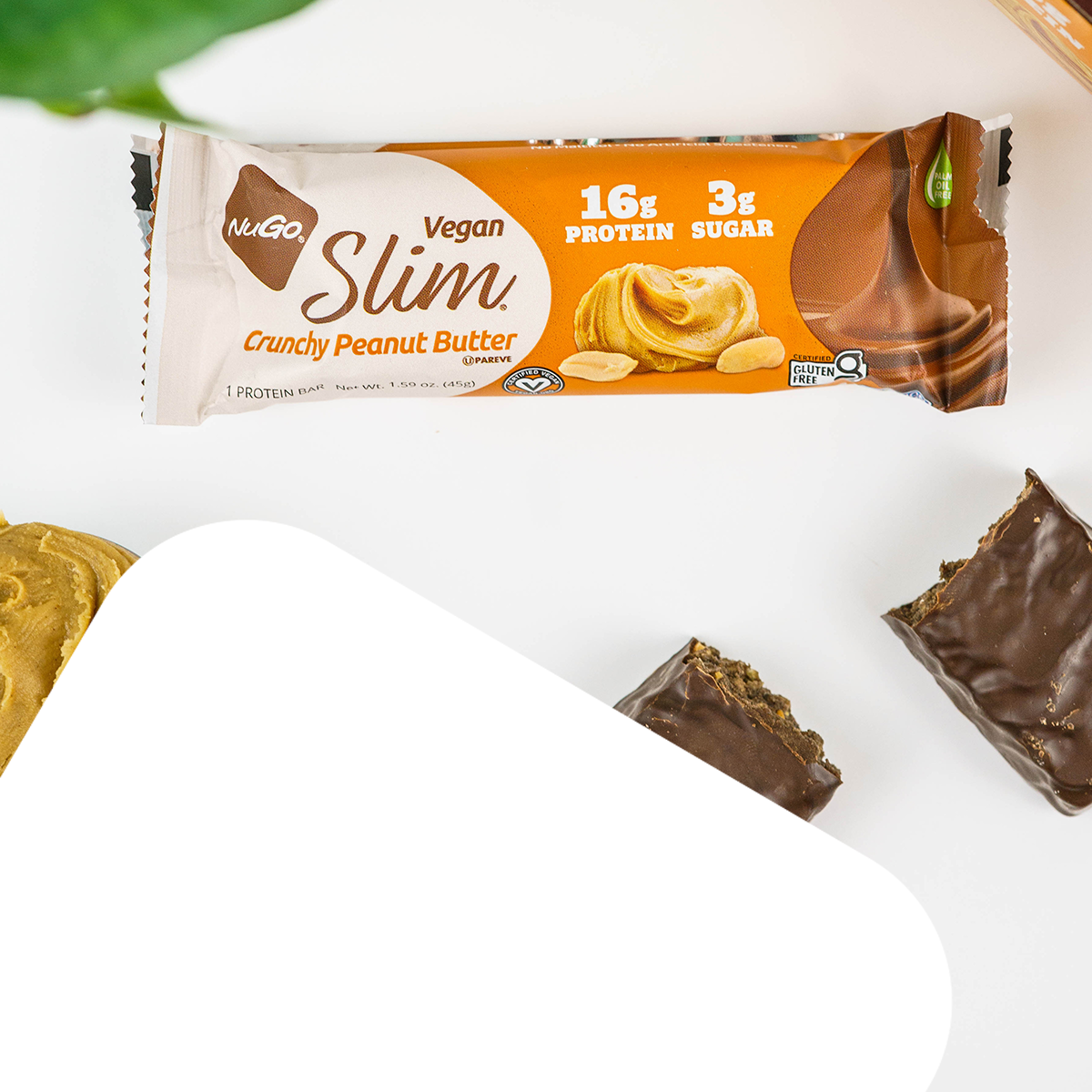
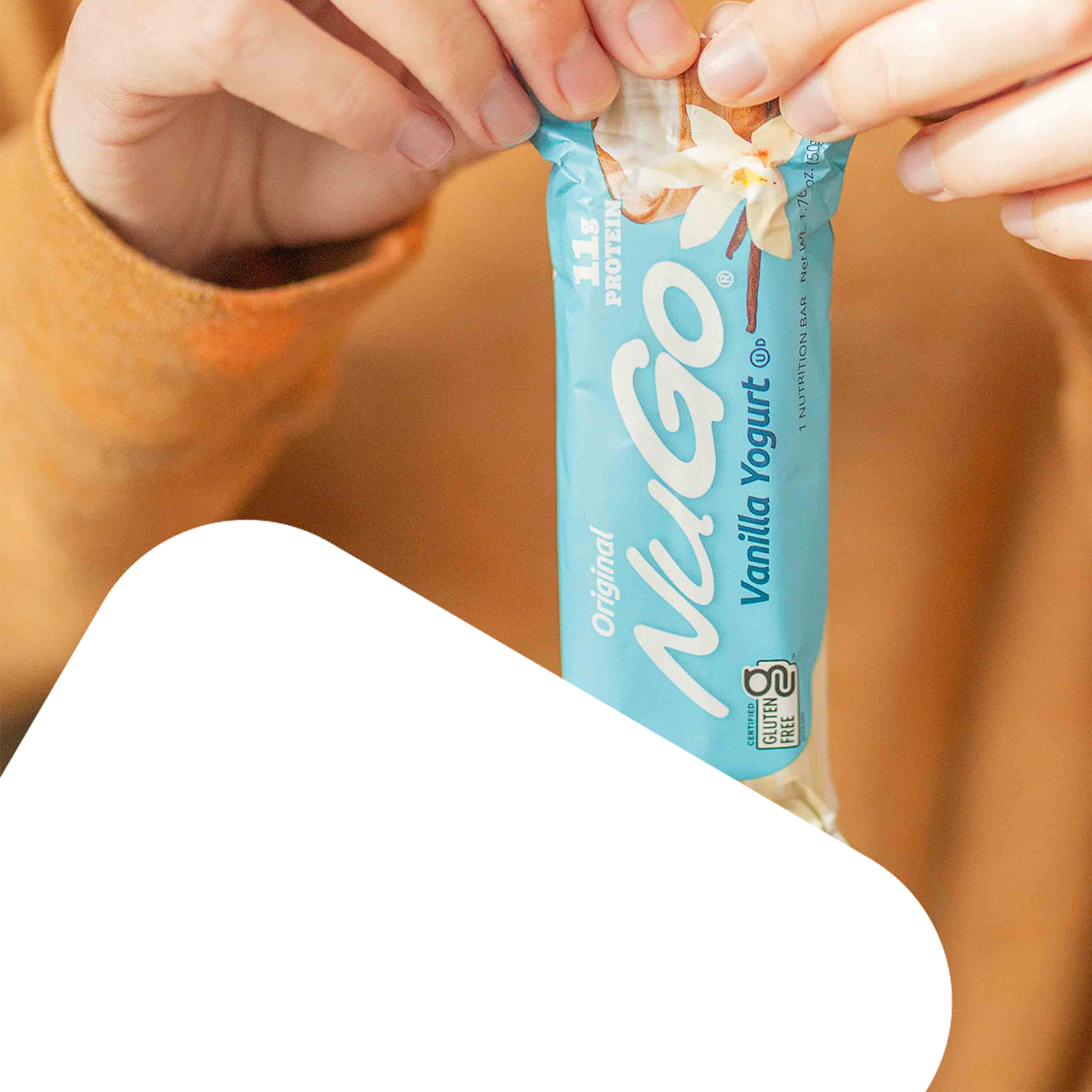
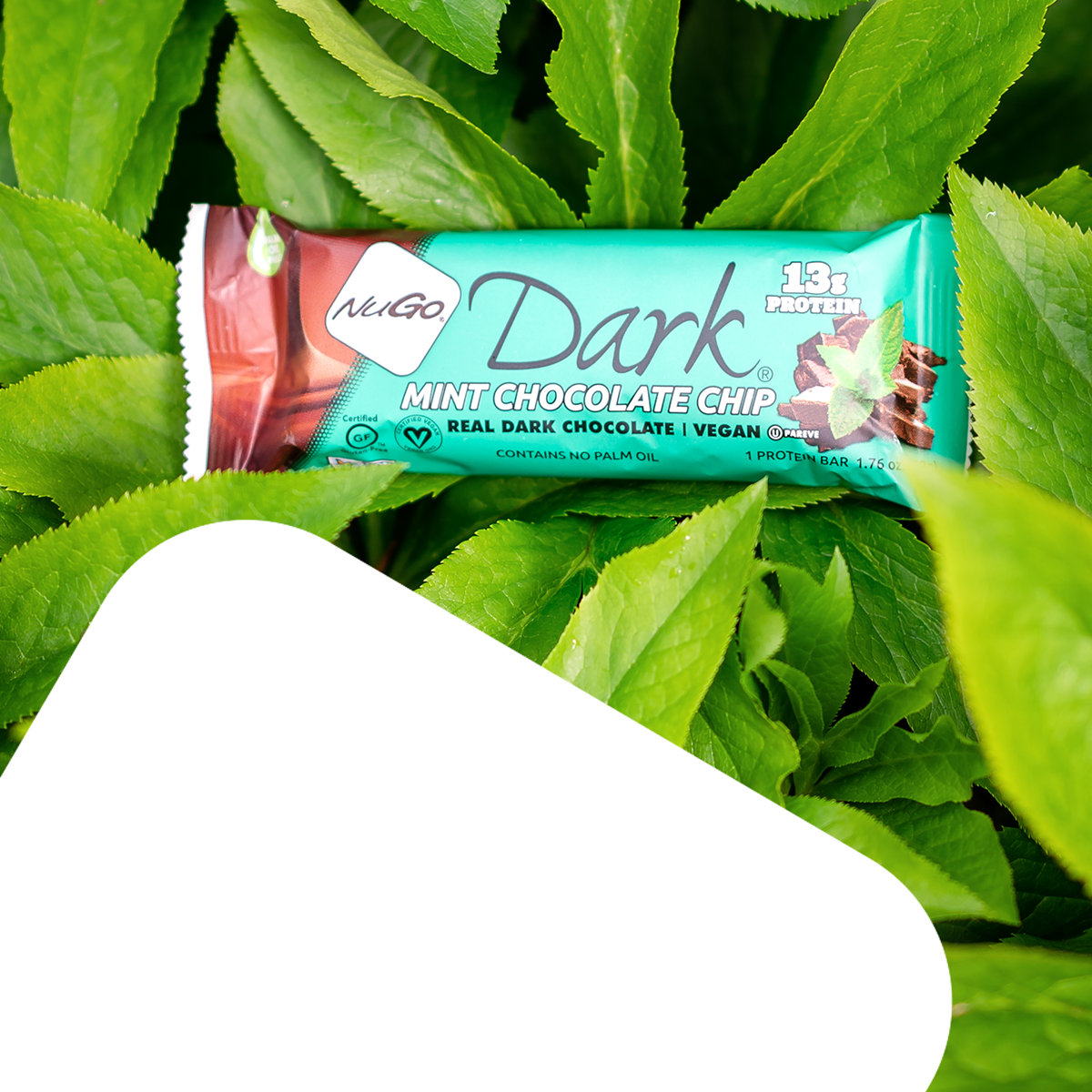
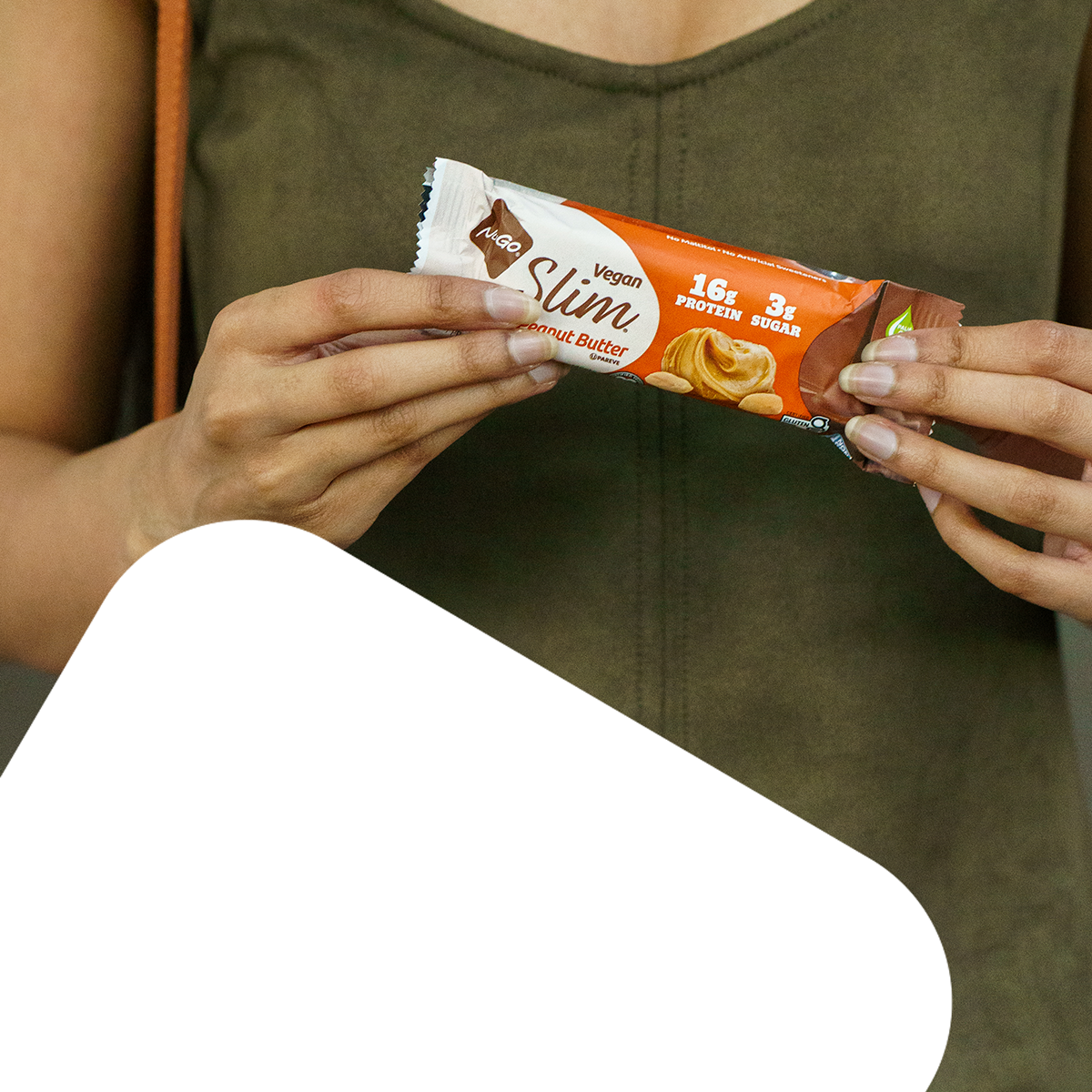
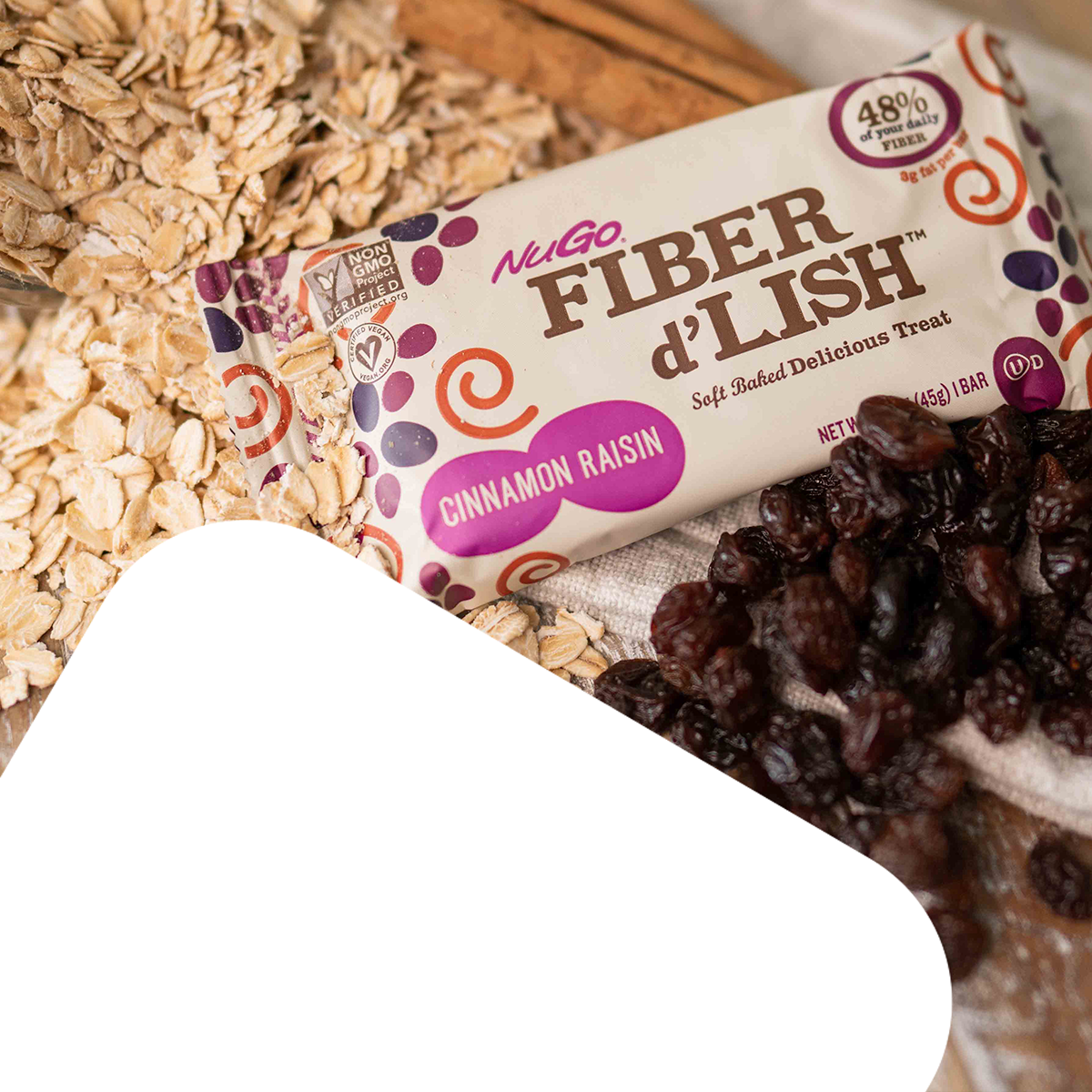
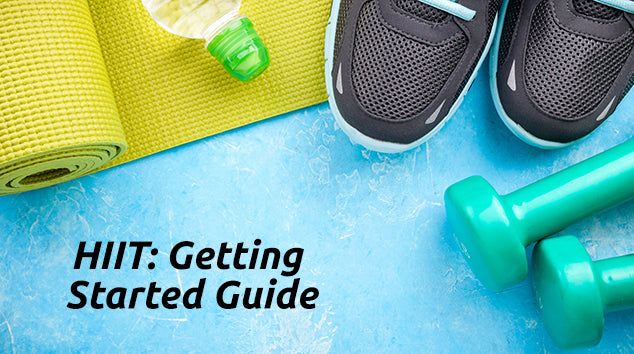
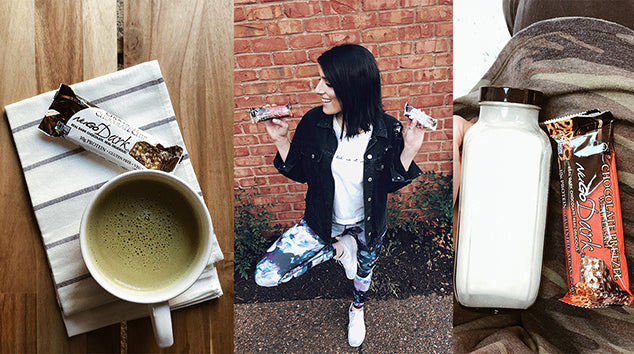
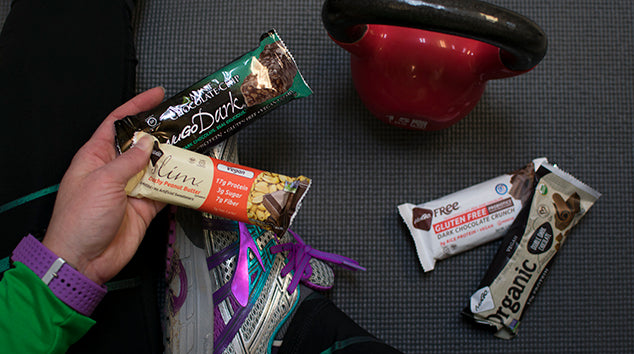
Leave a comment
This site is protected by reCAPTCHA and the Google Privacy Policy and Terms of Service apply.